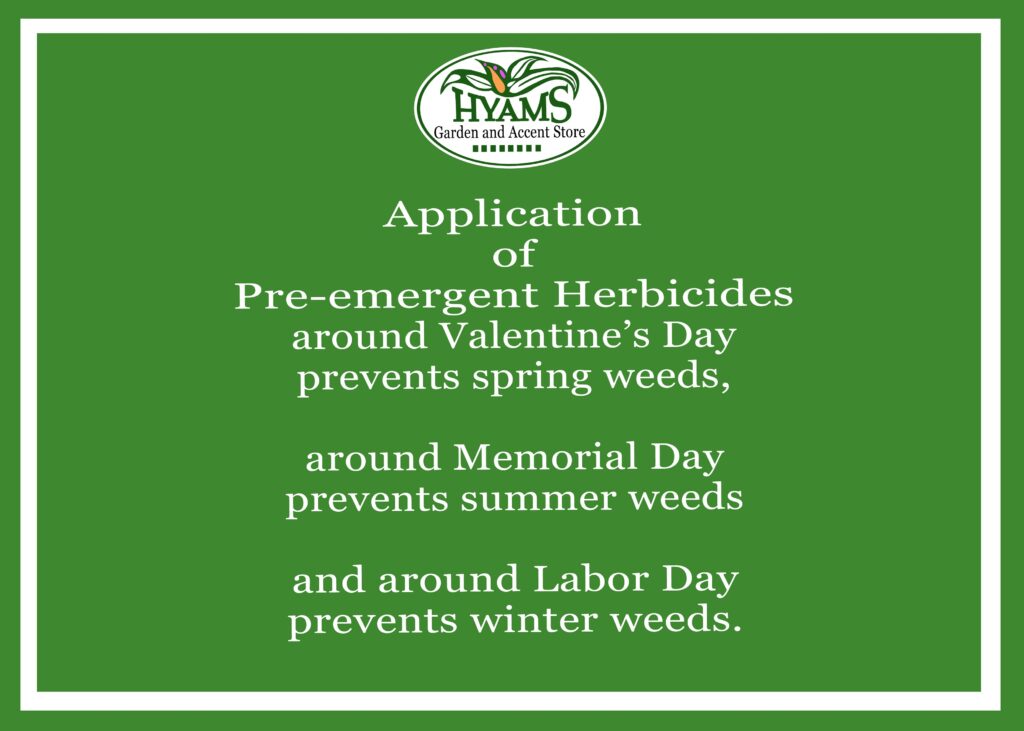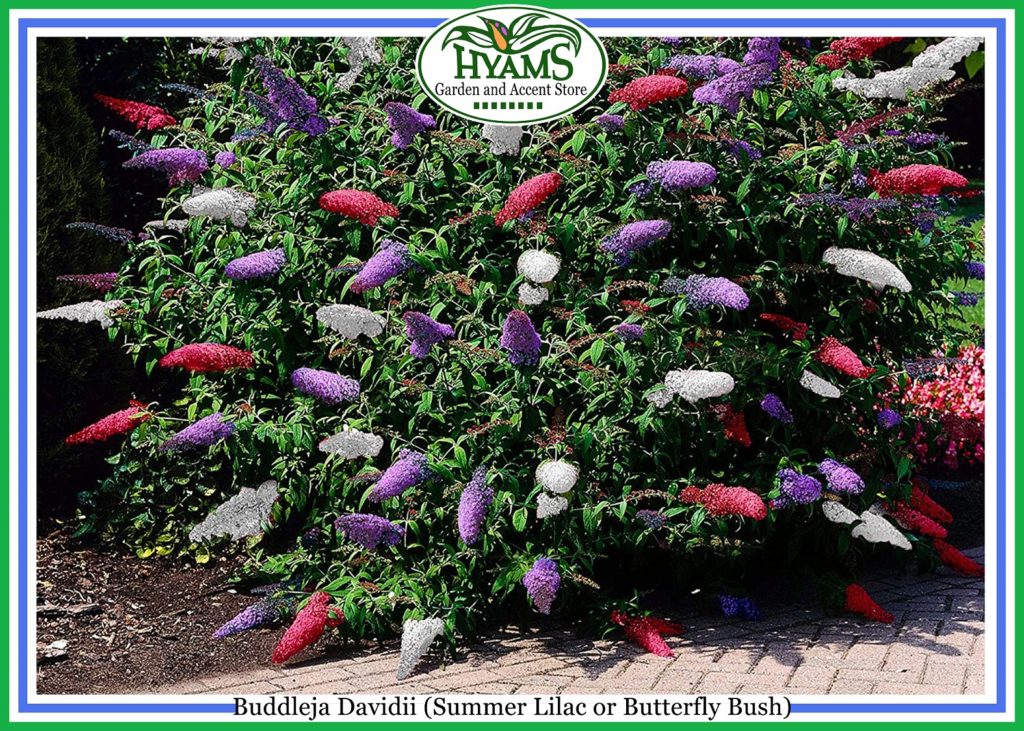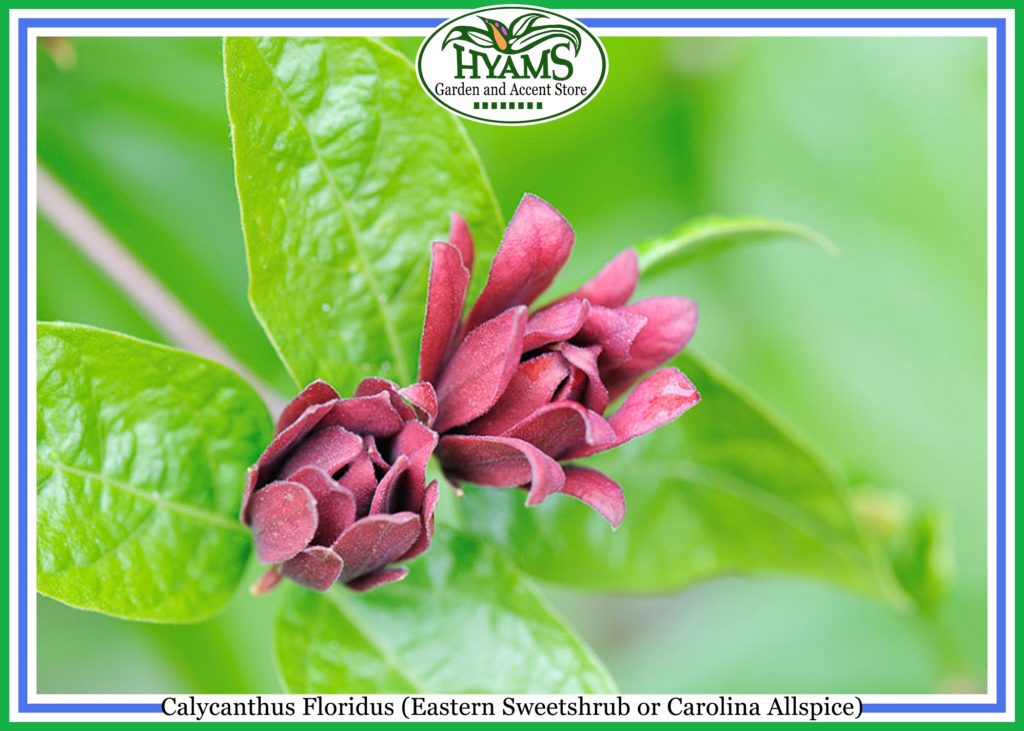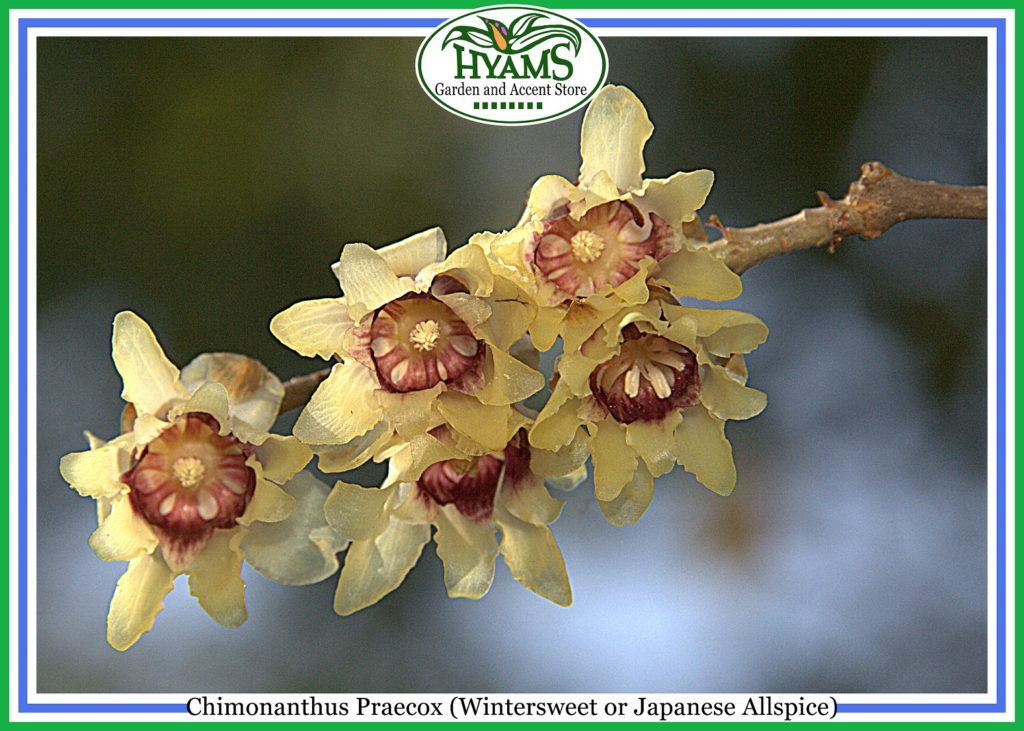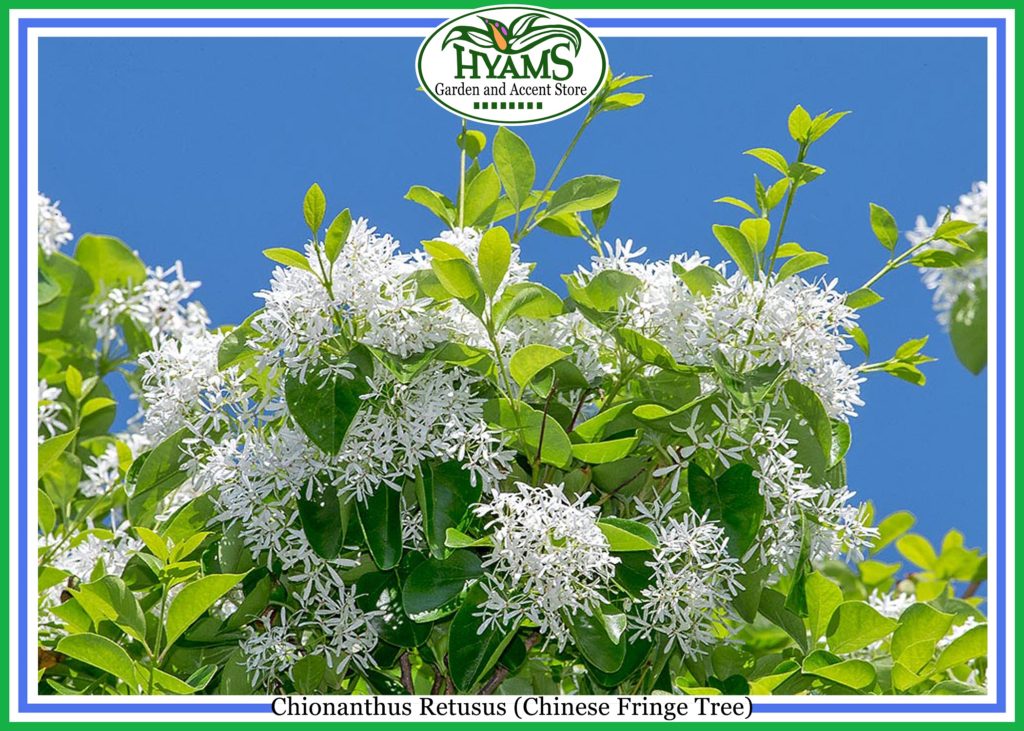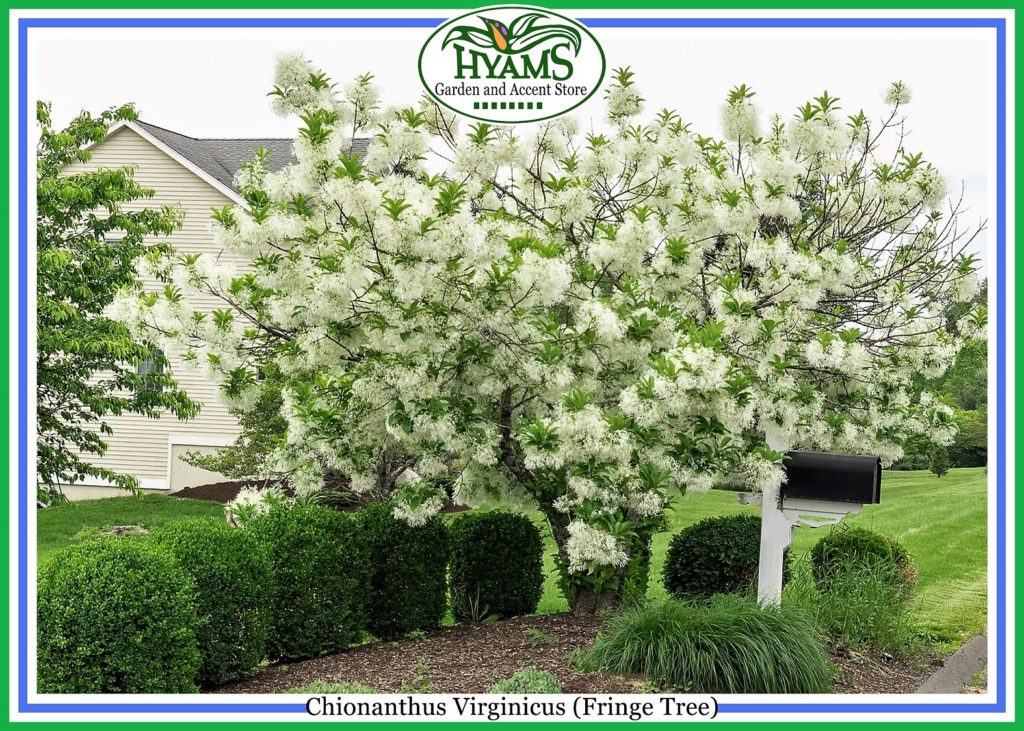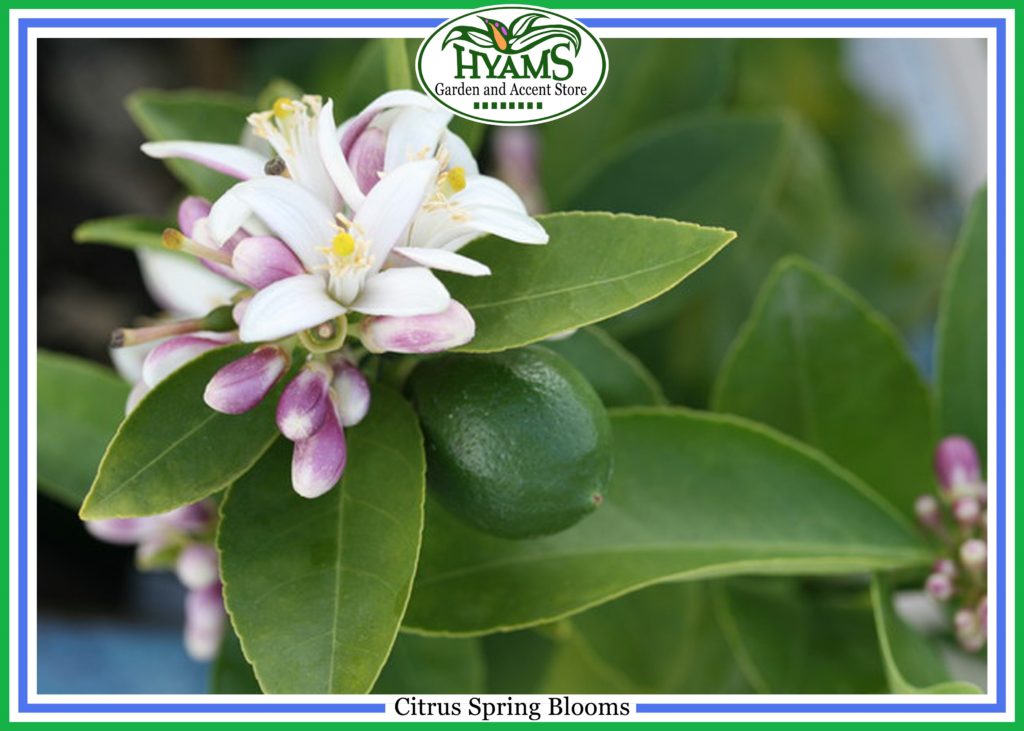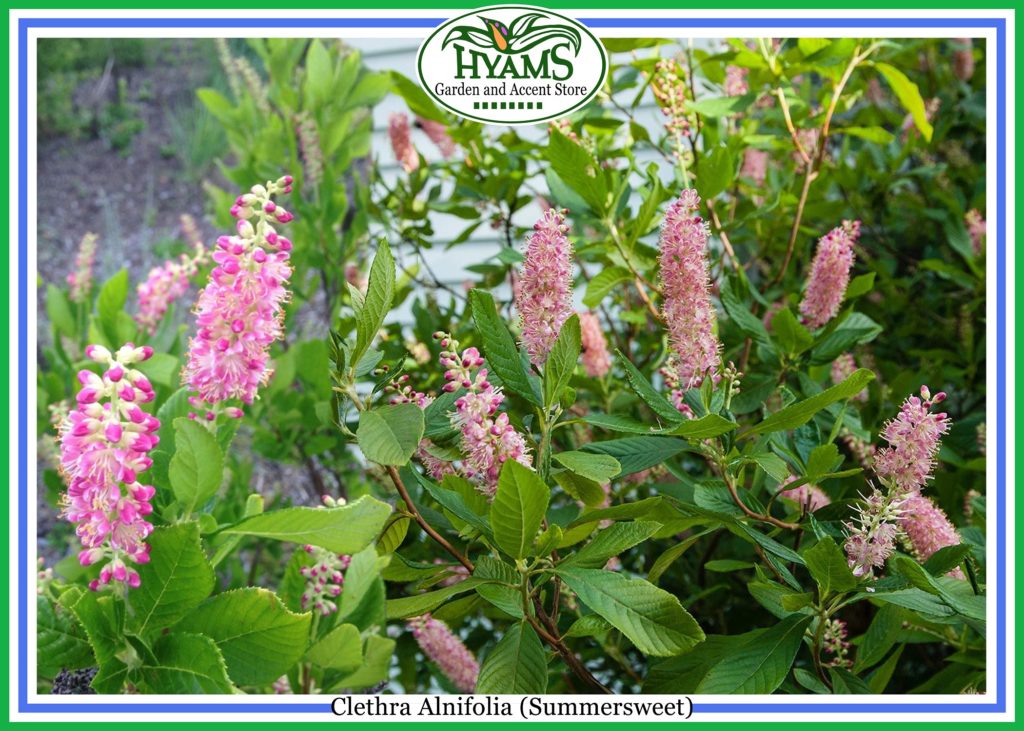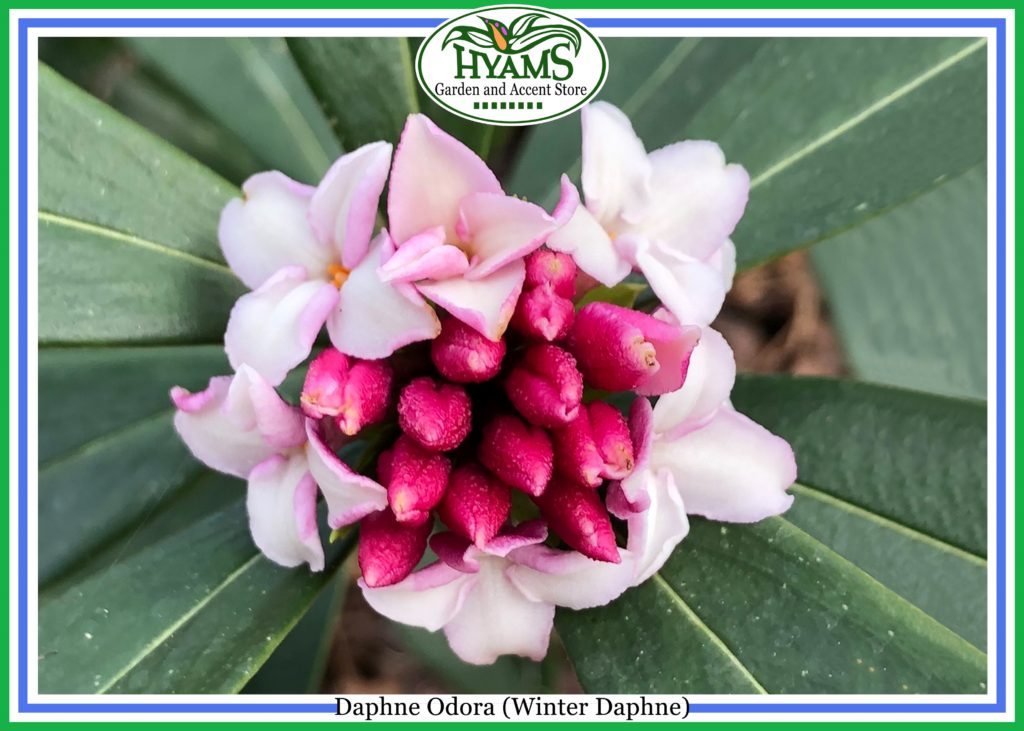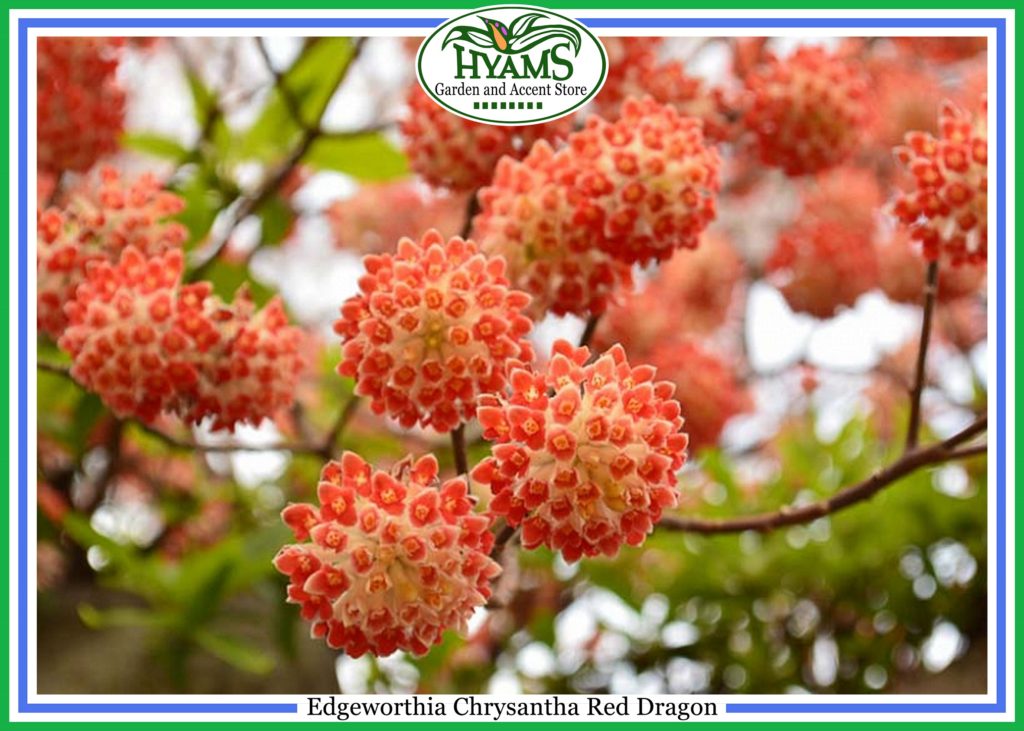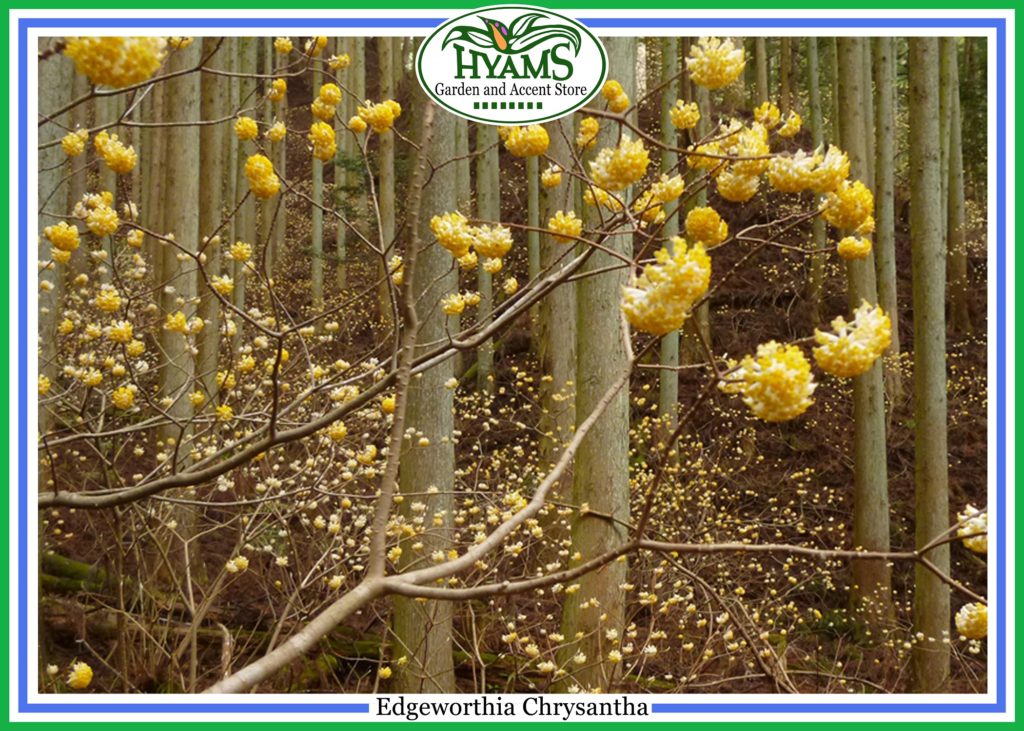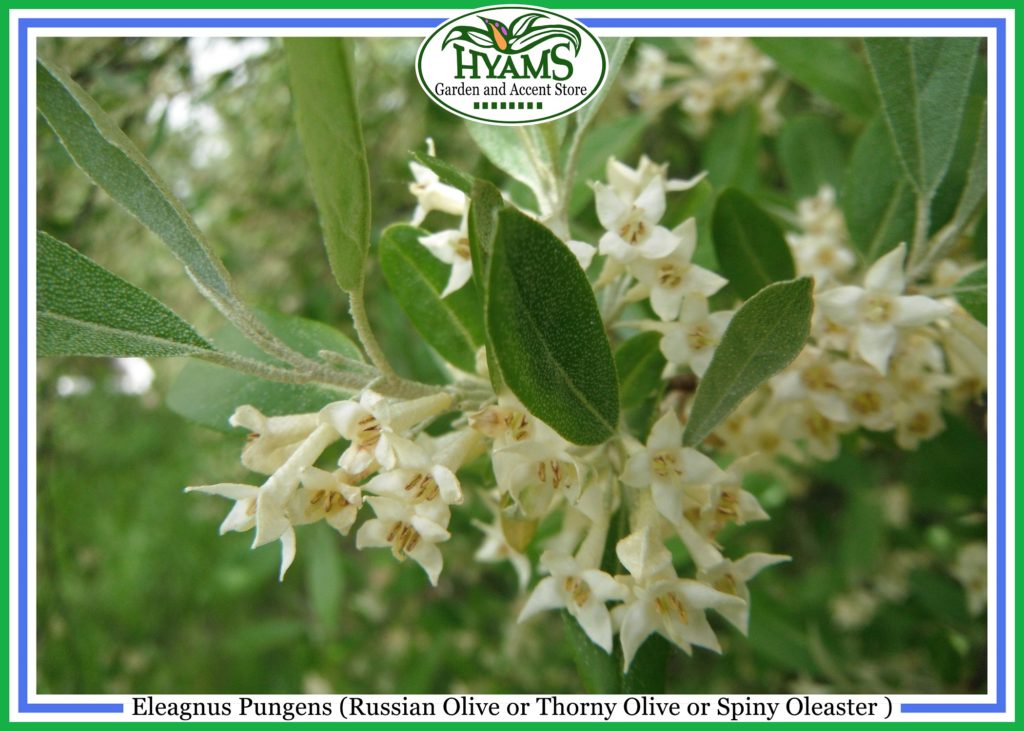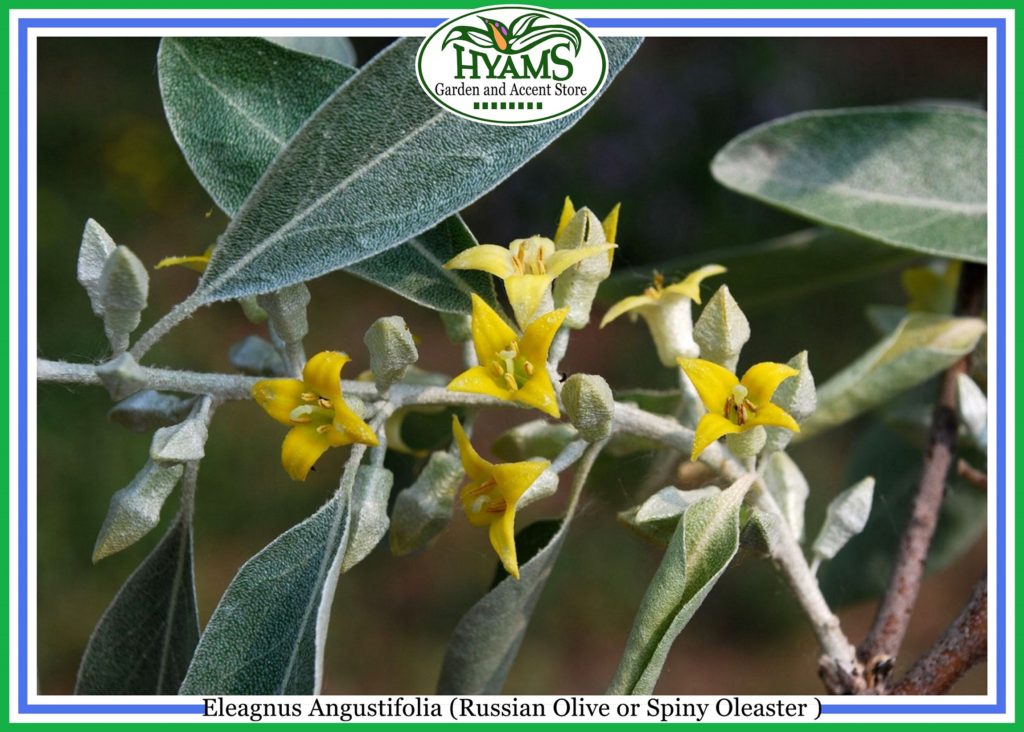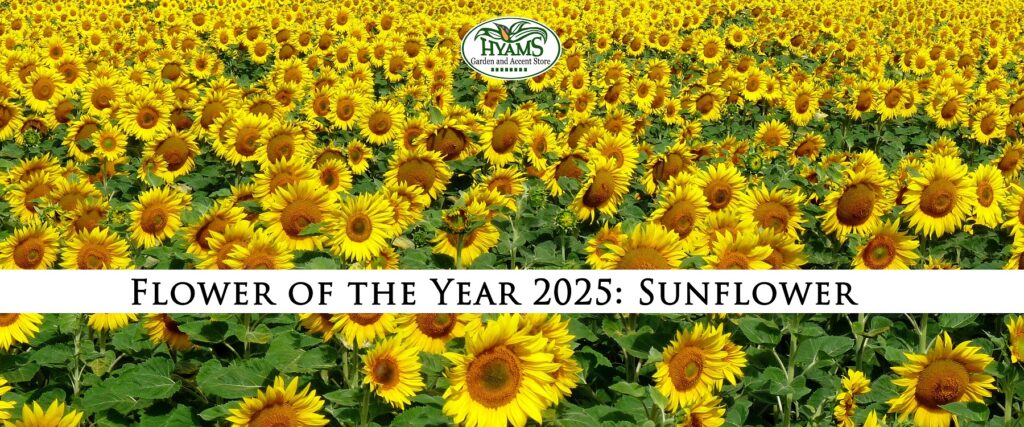Hey Everyone! Fall 2023 is here! It is time to apply that pre-emergent! We have the Scotts Weed Ex that will cover 5000 square feet and the Hi-Yield Turf & Ornamental Weed & Grass Stopper that will cover 3500 square feet. The main difference between the two is that the Hi-Yield product is labeled to go over landscape beds as well. When it has cooled off enough, treat for any actively growing weeds with Weed Free Zone or Image selective herbicides. Do not put down any weed & feed products because your grass does not need any fertilizer this late in the season. We will have winter rye grass seed soon. Remember, if you are going to over-seed with rye you cannot put down a pre-emergent, it will keep the rye from germinating as well!
